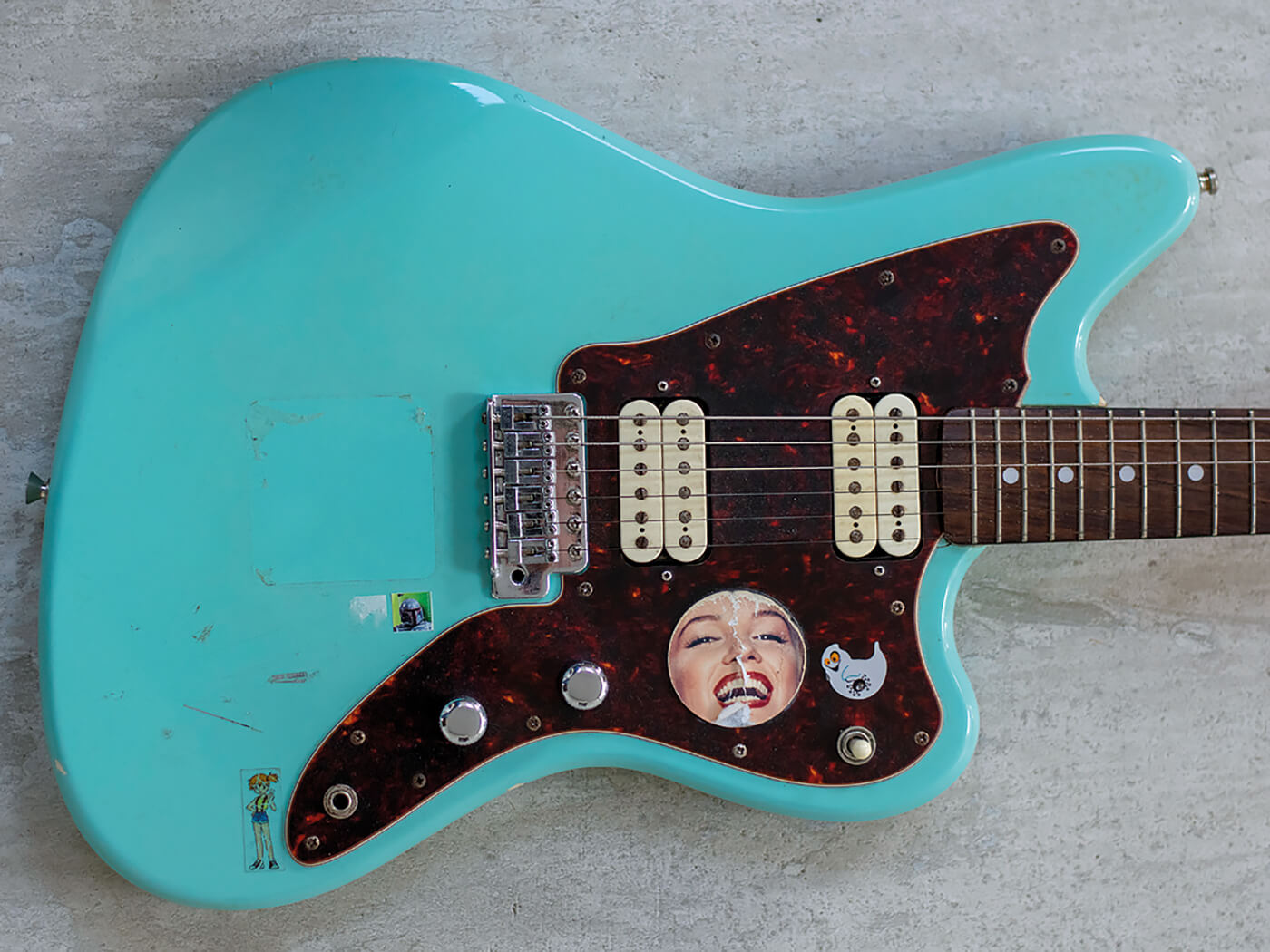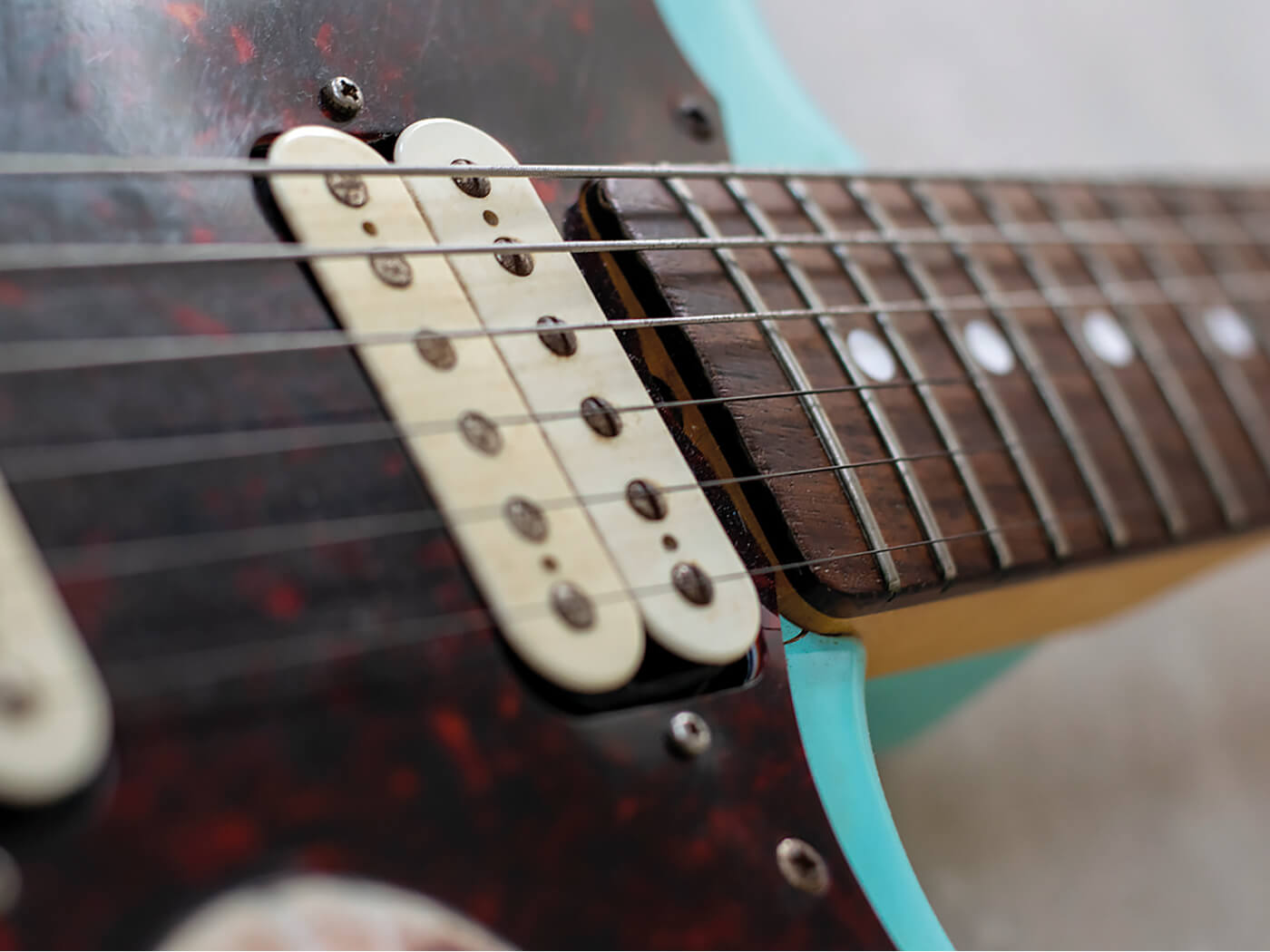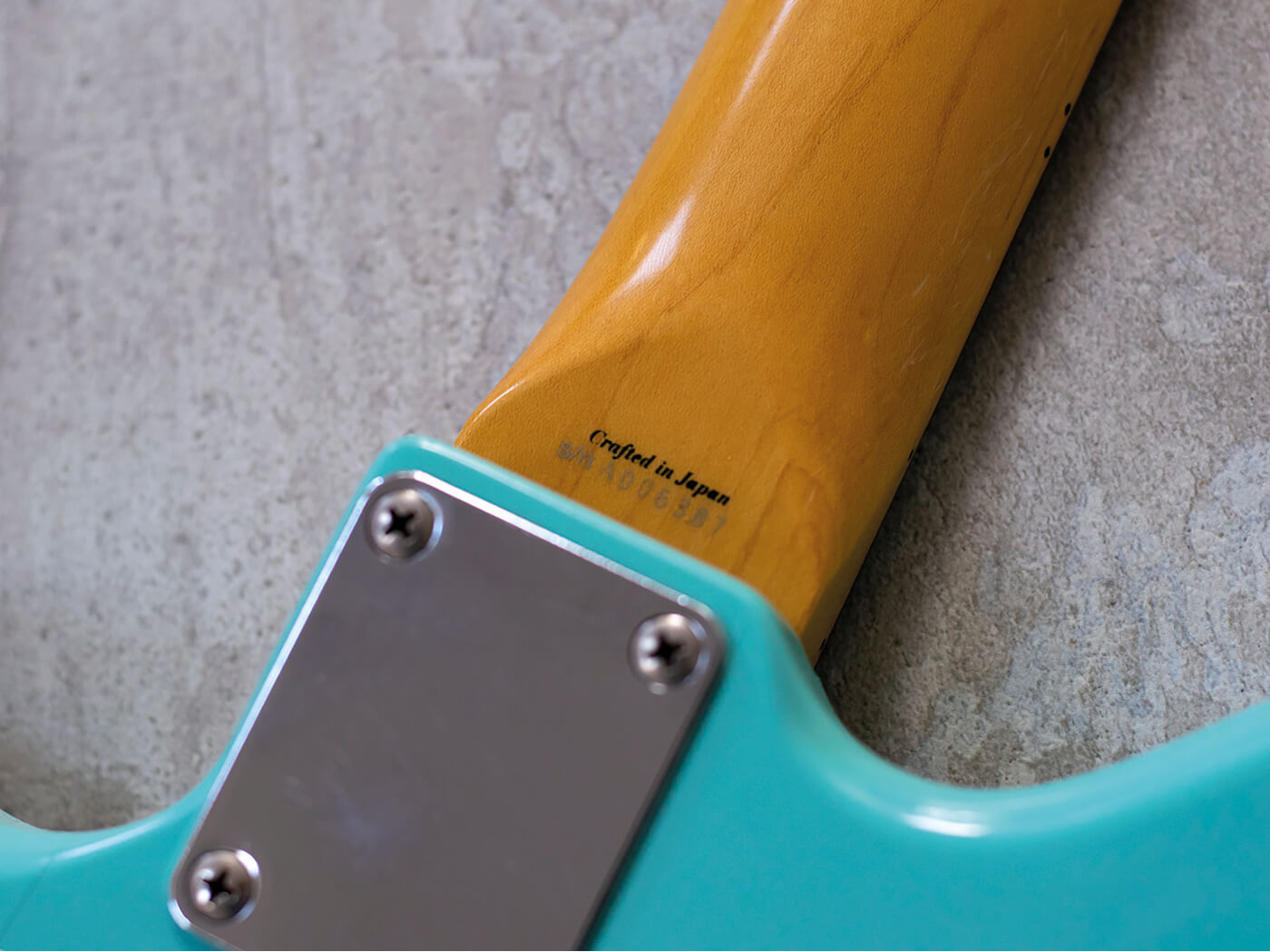Related Tags
How hybrid designs defined Fender’s search for the next great guitar
From ill-fated Frankenstein’s monsters to bona fide cult classics, we chart Fender’s experiments with hybrid designs.
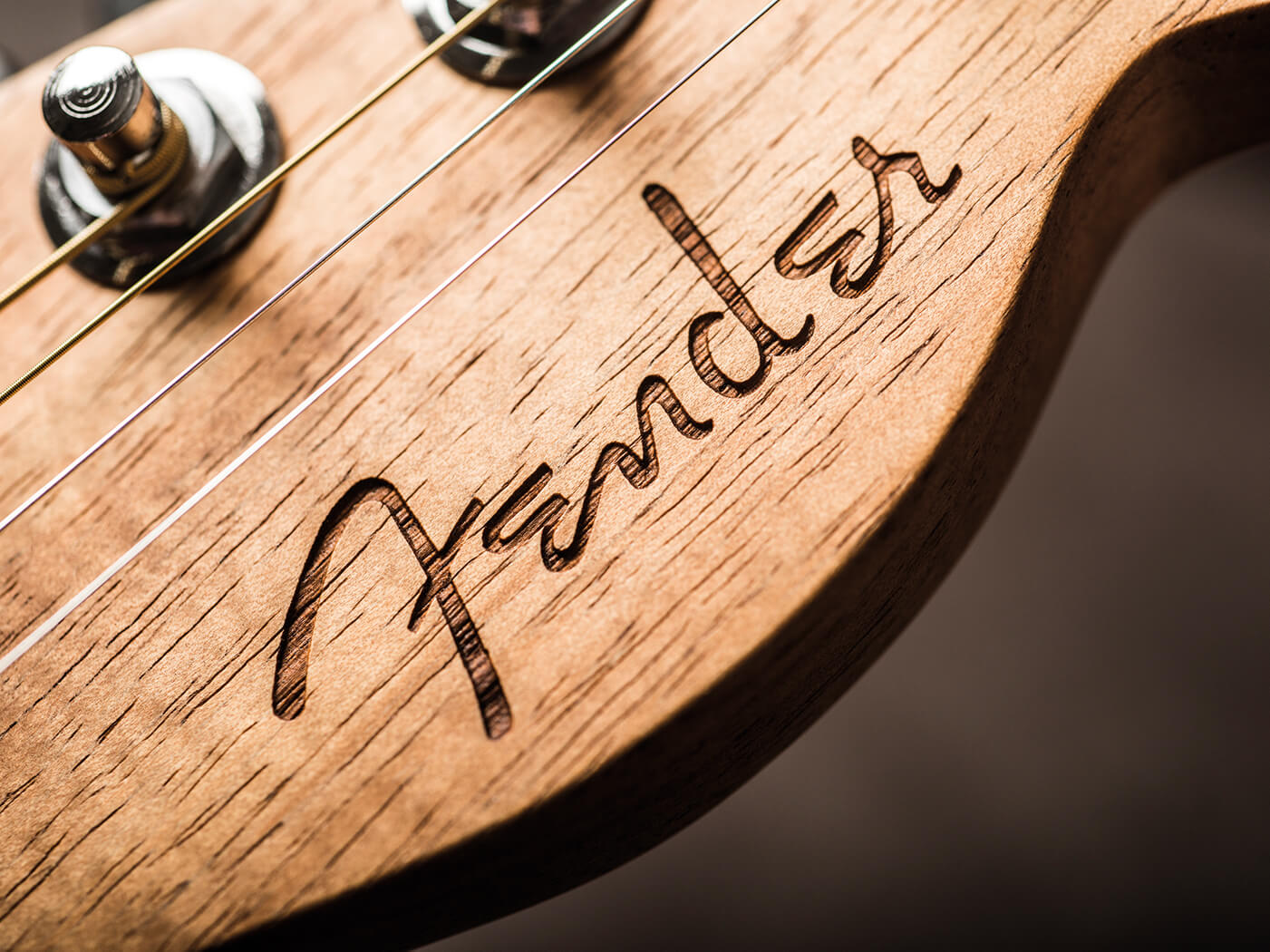
Back in the day, Leo Fender thought a new guitar model would simply take the place of an earlier one. He figured the new improved Stratocaster, introduced in 1954, would replace the Telecaster, because he viewed the Tele and the Strat not as individual instruments but as a single piece of design work in continual progress, a sort of developmental whole.
Of course, we know it didn’t happen like that. Leo quickly realised, no doubt with encouragement from his salespeople, that a varied line of different models makes good commercial sense. It’s all about price-points and the tiered marketplace. But that didn’t stop him and his colleagues constantly looking for improvement. Their new ideas simply informed new guitars, and the first notable ones appeared in 1958 and ’62 as the Jazzmaster and the Jaguar. At the time, neither succeeded anything like as well as the primary pair.
Since then, Fender has basked in the glory of its original designs, modifying and tweaking and updating them through the decades. At the same time, though, it has been on something of a quest, searching for a design that might succeed as the next great Fender guitar. And often, that search has drawn on blends of the originals, mashing up shapes, controls, vibes, and pickups, transporting a mix of classic features into unfamiliar but hopefully appealing new settings.
Waste not, want not
It all began in 1969. Fender had a relatively new owner, CBS, and was a mighty force in the electric guitar business, rivalled for the top spot only by its old adversary Gibson. CBS wrung every last drop of potential income from unused bodies and necks that otherwise would have been written off. Virgilio ‘Babe’ Simoni, Fender’s product manager, suggested converting potentially wasted parts into new models. The results were two oddball mash-ups, the Swinger and the Custom.
The Swinger teamed unused Musicmaster or Bass V bodies with some unpopular short-scale Mustang-style necks. Simoni cut the headstock to a spear shape and chopped the bodies around, carving out a scoop in the base. The other ‘bitsa’ was the Custom (or Maverick), converted from unused Electric XII necks, bodies, and pickups. Simoni again recut the bodies, and he reorganised the long hockey-stick headstocks for six-string use.
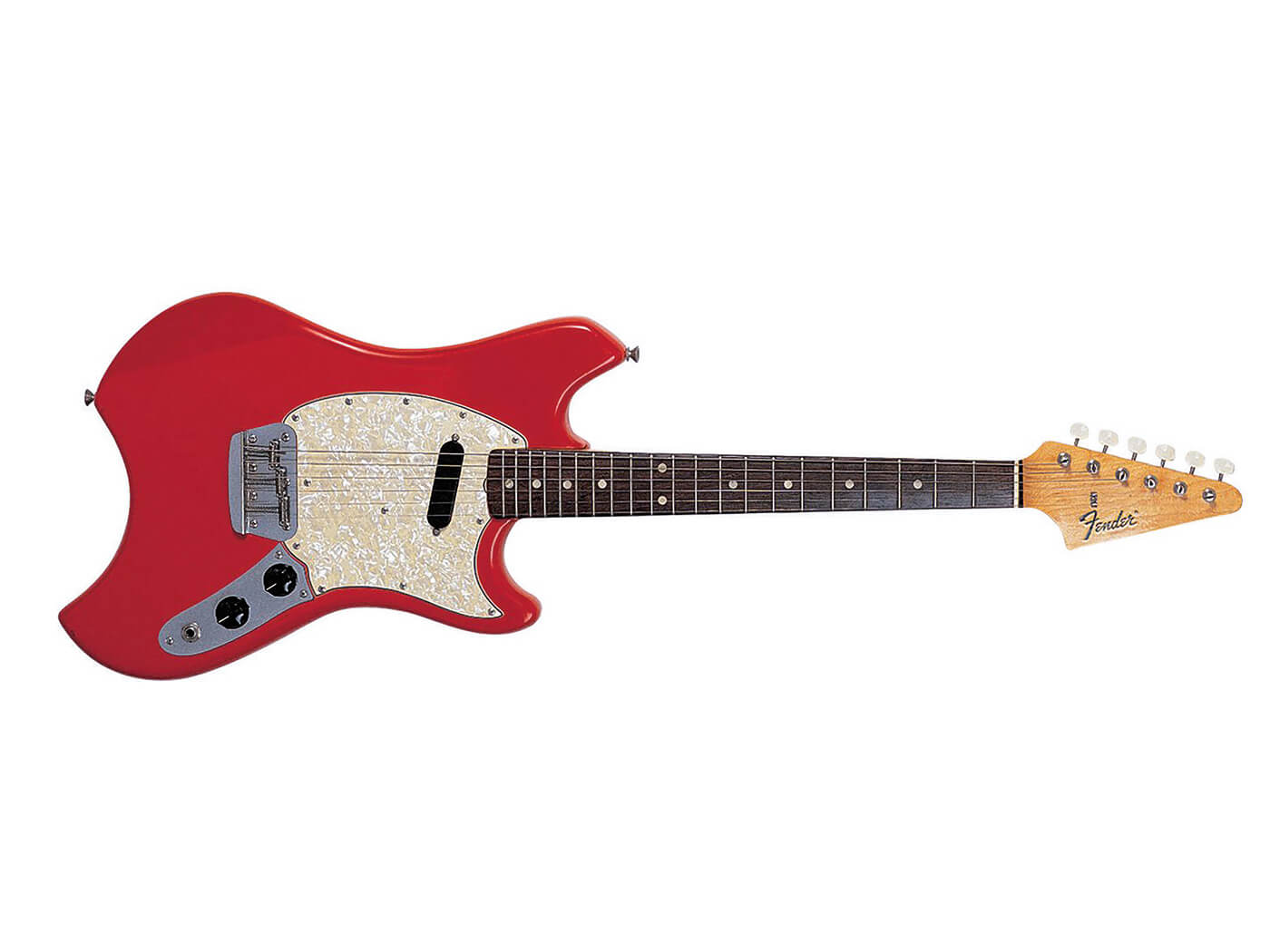
Both the Swinger and the Custom were made for a very short period in necessarily limited numbers (though a new Swinger has just appeared from Fender Japan, an intriguing 50th birthday reissue). But the theory that it might be possible to rearrange existing material into something new and potentially successful lasted longer. In fact, as we shall see, it’s still in play today.
Meanwhile, the Strat and Tele continued to dominate Fender’s horizon, and the Jag and Jazzmaster gradually found appreciation with outsiders and noiseniks – the offset models eventually attaining classic status in their own right. All the features and components from these venerable originals have become fair game for Fender designers.
Here we are now
The first signs of a modern take on the Fender mash-up came, appropriately enough, in the postmodern soup of the grunge-drenched 1990s. Two of Kurt Cobain’s favourite guitars were a ’65 Jaguar, which had DiMarzio humbuckers and some switching modifications, and a ’69 Competition Mustang, with an added Tune-o-matic. Probably early in 1993, Cobain worked with Larry Brooks at Fender’s Custom Shop on a custom instrument, cutting up pictures of Jags and Mustangs and pasting them together to come up with his ‘new’ design.
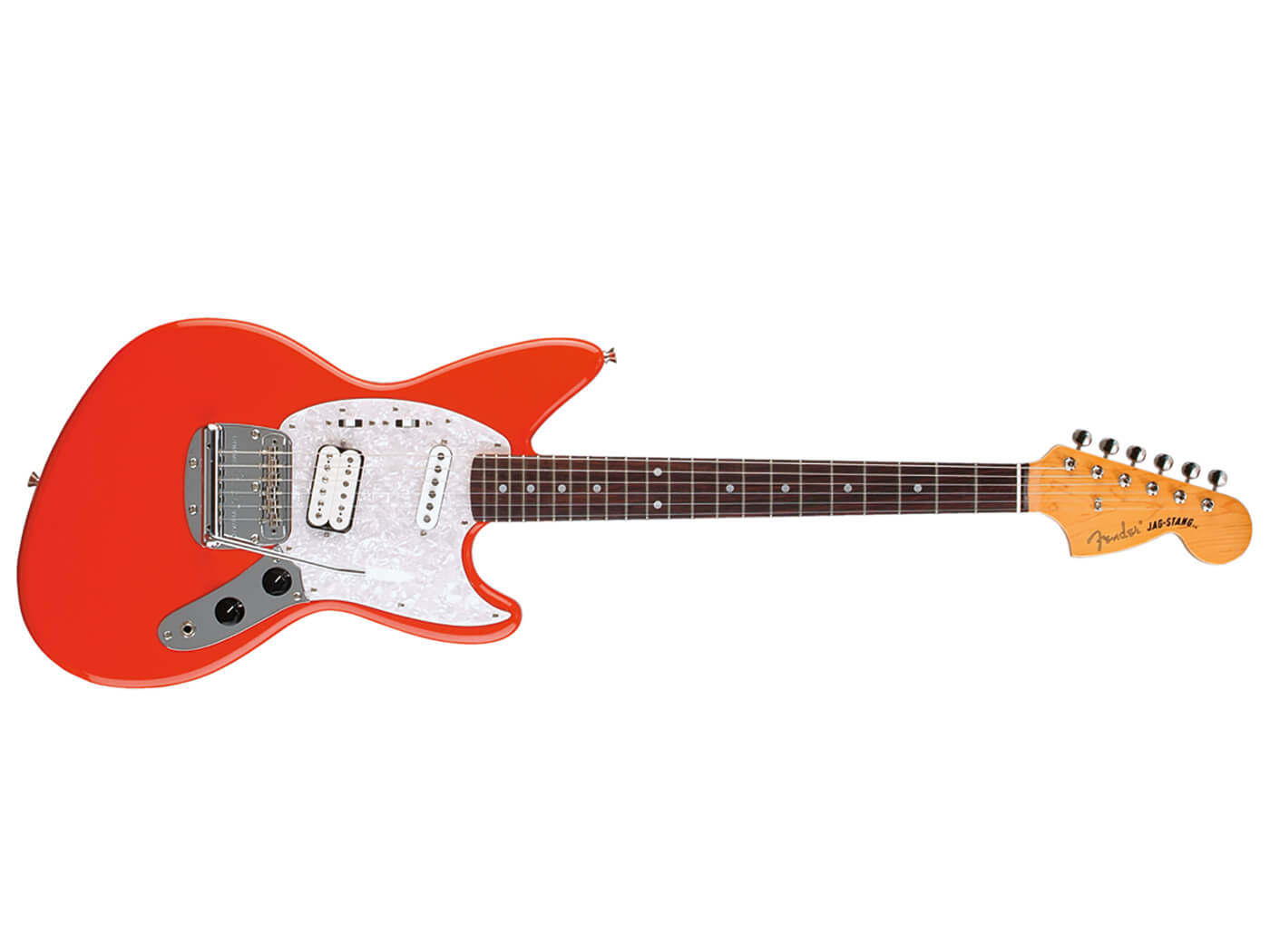
Kurt only received one of two prototypes and wasn’t entirely happy with it, but following his untimely death in 1994, his family collaborated with Fender to release a production model. By now named the Jag-Stang, it hit the shops in ’96. Fender said it was “a collision of contemporary features fused together to create a combination of Jaguar and Mustang��” – as good a description of blended designs as there’s ever been.
The following year, Fender’s budget brand Squier offered a couple more examples, the Super-Sonic and the Jagmaster in the short-lived but popular Vista series. Joe Carducci at Squier was inspired to create the Super-Sonic when he saw a photo of Hendrix playing an upside-down Jaguar. He made adjustments to the size and shape and added a pair of humbuckers, with the bridge pickup tilted to improve tone.
The Jagmaster appeared after Fender’s Mike Lewis spotted Bush man Gavin Rossdale playing a Jazzmaster with two humbuckers taped in position. The Squier team added a decent vibrato and a Jaguar-like shorter scale.
A couple of Fender signature models for the Hellecasters band also surfaced in ’97, continuing the trend. John Jorgensen’s Hellecaster matched a Strat body and big reverse headstock with three P-Bass-like split pickups, while Will Ray’s Jazz-A-Caster came on as a Tele with reverse-wound Jazzmaster pickups and a small-head Strat neck – not forgetting the onboard Hipshot B-Bender.
Remaining with the prime Fender brand, in 1998 two further models, designed by Mike Lewis and George Blanda, underlined Fender’s taste for convergence. The Toronado was not unlike the Squier Jagmaster, but with covered humbuckers and a Gibson-like control layout, and the Cyclone was a Mustang derivative with bridge humbucker plus single-coil and a Strat-like vibrato.
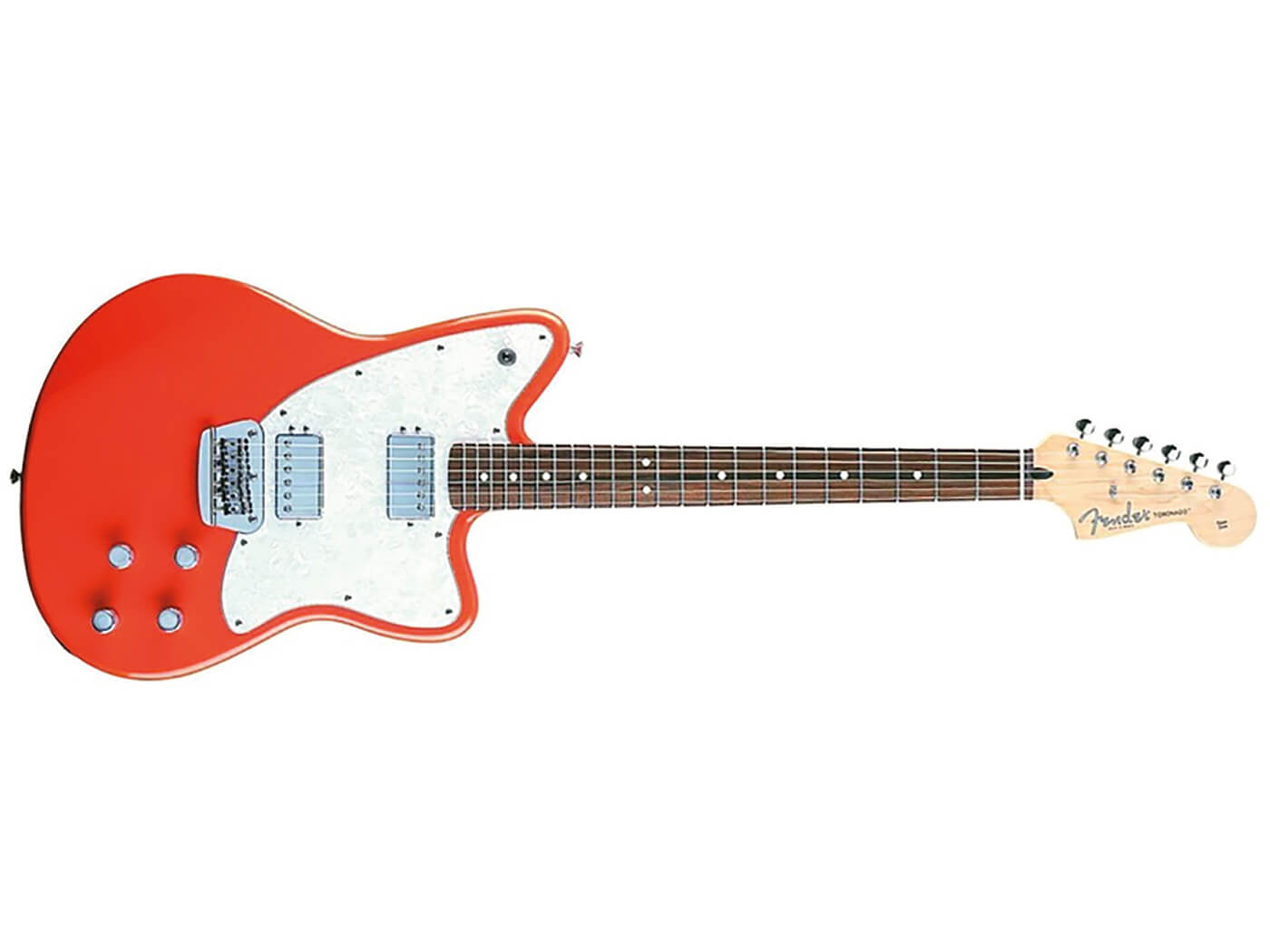
Mod platform
Squier had a surprise hit in 2004 after some further mixing and matching at Fender HQ. Justin Norvell had worked there since 1995, and in 2002 he took on a new role running Squier. He was alert to the grunge culture of Buy It Cheap and Bend It To Your Will, and began to wonder what it might be like if a ’51-style P-Bass became a guitar.
He and his colleagues began morphing a ’51 P-Bass and a Squier Strat, creating Photoshop mockups. They established a final look with a sort of contoured P-Bass-like body with associated control panel and pickguard, a bridge humbucker, a slanted Tele-like single-coil at the neck, and some cool control options.
When the Squier ’51 went on sale in 2004 with a list price of $249, it was an instant hit. To some, it was obviously an inexpensive testbed. Guitarists had set about all kinds of guitars for years, of course, but the ’51 seemed almost custom-made for creative modding.

The Pawn Shop series of 2011 marked Fender’s first move to herd together a group of mash-up models for extra promo power. The tagline, Guitars That Never Were But Should Have Been, summed up the attitude perfectly, with the company boasting that the instruments “draw inspiration from the eccentric and innovative Fender creations of the mid-60s to mid-70s era” with a “fascinating mix of diverse Fender components”.
Justin Norvell, who by now was vice president of product development at Fender, again headed the charge from the past into the present. “The idea with the Pawn Shop guitars was a sliding doors kind of thing,” he says. “In our initial discussions of how to release them, we considered saying it was some kind of scavenger hunt, you know? With doctored photos and maybe a conspiracy theory of a lost prototype, as if we were showing things we’d found hidden away somewhere.”
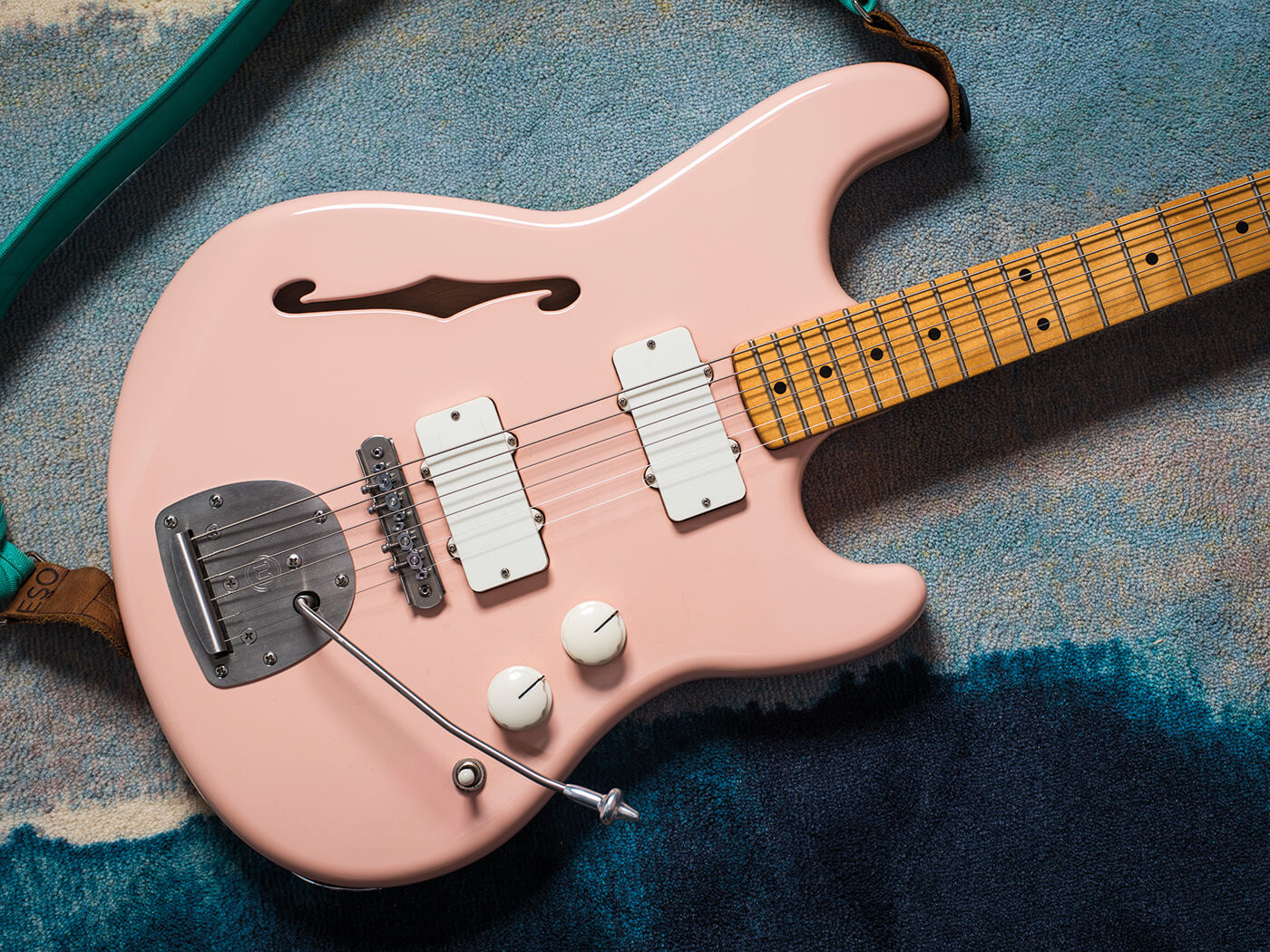
As well as a (not so cheap) Fender version of the Squier ’51 in the first batch of Pawn Shops in 2011, there was the ’72, a Thinline f-holed Strat with a Tele neck, two different humbuckers, and a ’51-style pickguard and control plate. Also making its debut was the Mustang Special, with a modified offset body, short-scale neck, two Tele Deluxe-style humbuckers with 70s-style covers, and a couple of Jazzmaster-like switches.
A model launched in 2011 in Fender’s Modern Player series – which mostly consisted of conventional looking hot-rodded models – could well have slotted into the Pawn Shop series. It harked back to a model name for a Fender that never was.
The original Marauder had appeared in Fender’s 1965-66 catalogue but never went to production. “It appears as though there are no pickups,” read the blurb. “There are, in reality, however, four newly created pickups mounted underneath the pickguard.”

Prototypes were made, including a later revised version with regular pickups and multiple switching, but the model was shelved. Fender revived the Marauder name for the 2011 model by creating a Jag meets Jazzmaster vibe and adding a triple-coil bridge pickup for luck.
Two more Pawn Shop mashups followed in 2012. The Offset Special had a Thinline-style f-hole body, this time seemingly a tweaked Strat without a pickguard, plus Jazzmaster-vibe humbuckers and simpler controls. The Jaguarillo, meanwhile, was a sort of three-pickup Jaguar, again with simplified controls. Two final Pawn Shop models were launched in 2013.
The Super-Sonic revived the earlier Squier guitar, now with both humbuckers slanted, while the 70s Strat Deluxe derived from a Custom Shop design by Yuriy Shishkov, merged a Strat and a Thinline Tele, with Thinline-style pickguard and pickup (regular Tele neck plus 70s-style bridge humbucker) and reversed Thinline-like controls.
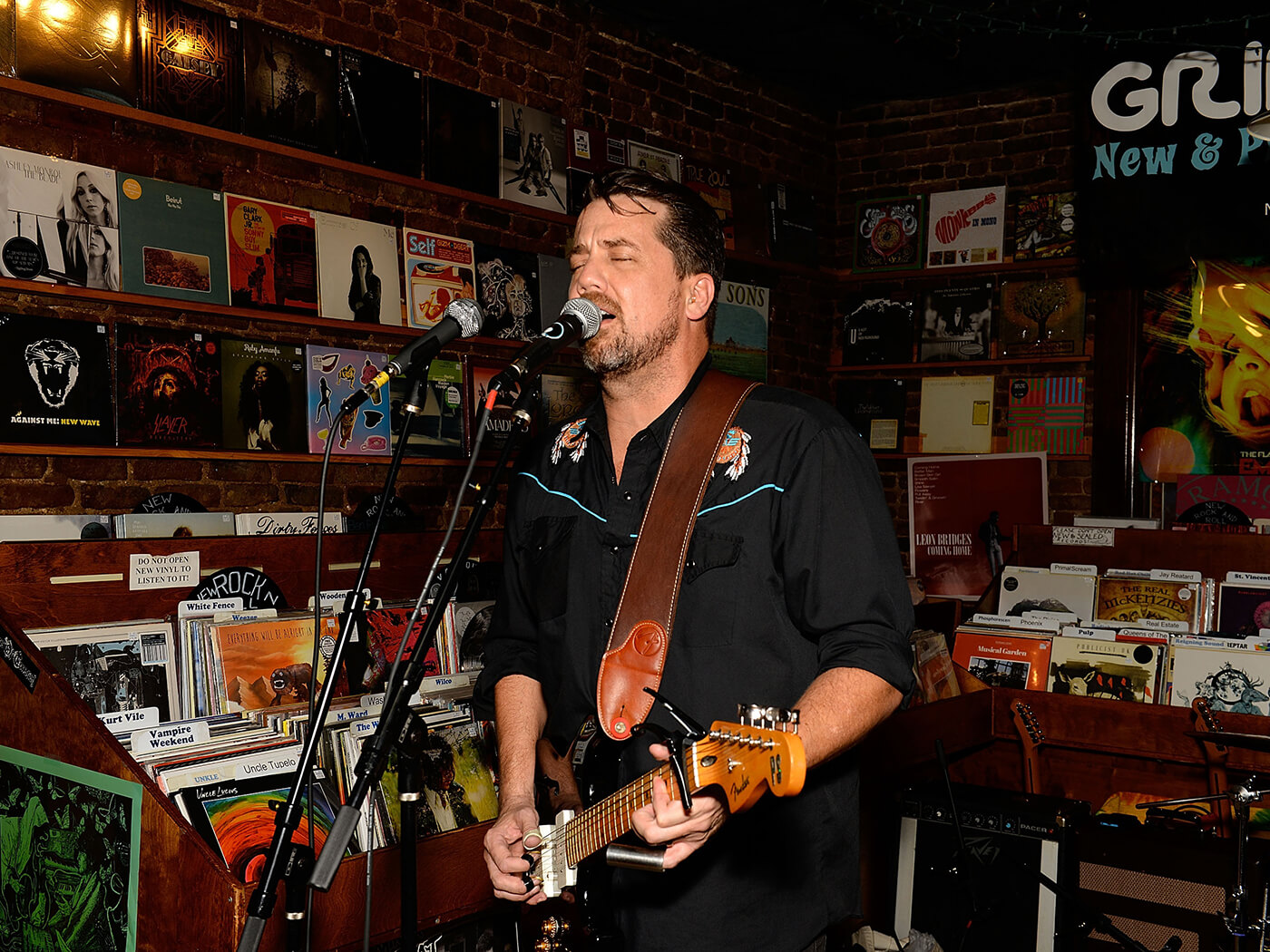
Parallel lines
Fender rounded up a couple more series of mashup models in the last few years, taking trips into a Parallel Universe and an Alternate Reality. “The modularity of a Fender is one of its beauties and hallmarks,” Norvell says. “You can do so much. So there’s constantly people experimenting and playing around in R&D and in the model shop and in our Nashville facility.
“It’s not: OK, we want a series in six months, let’s get cracking and put some things together! A lot of times, there’s raw pieces of ideas, and rough sketches, and first prototypes, designs we look at and refine. And then we put a net around some of these existing things to make a series.”
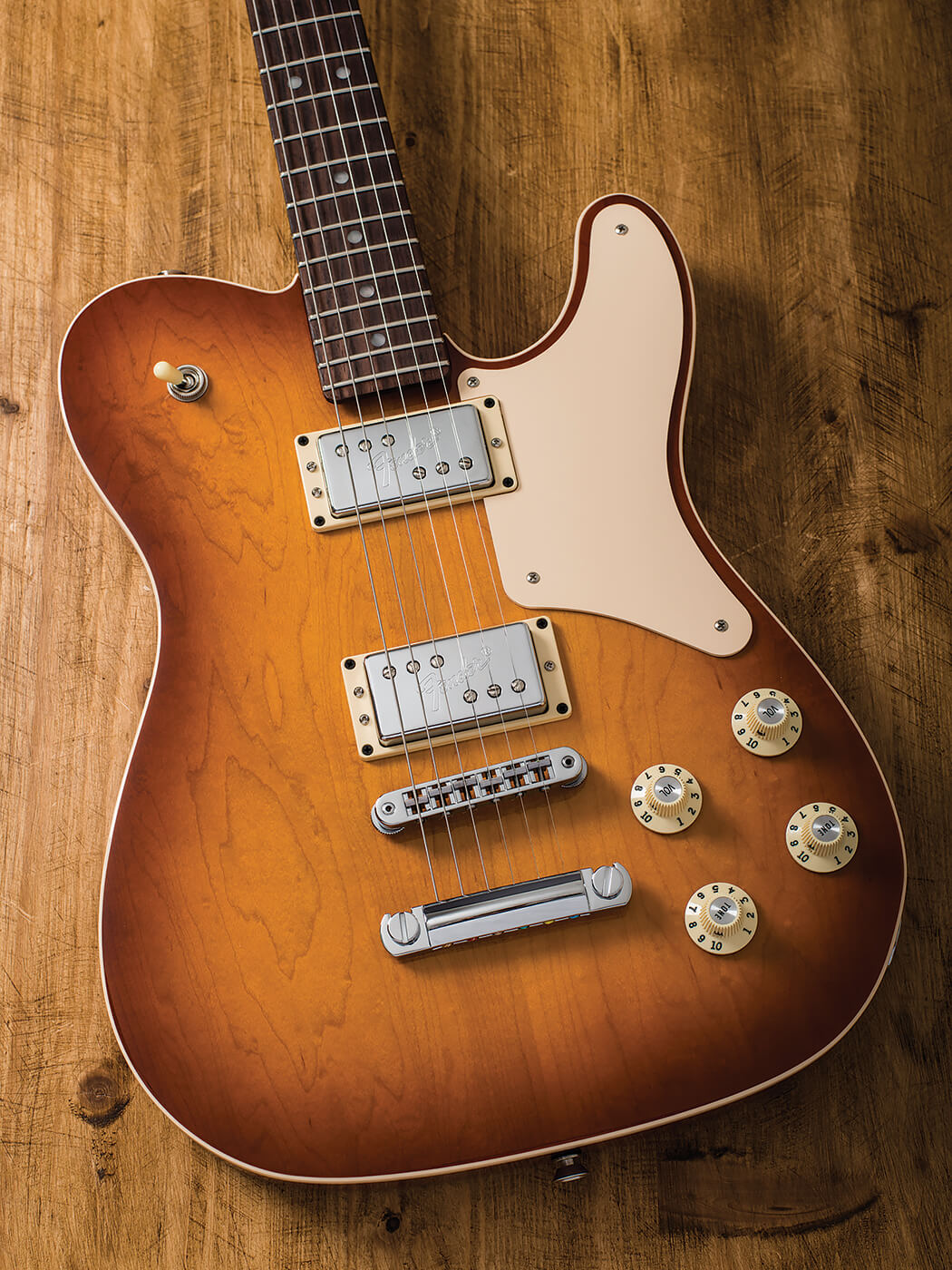
Fender continues to devise many ideas and designs that never see production. Norvell estimates that when you see, say, six guitars in a new series, there were probably 20 or so to choose from. And surely it’s easier with CAD facilities today to mock up any number of possibilities?
“There are many ways to do this,” he says. “We have people graphically rendering guitars, but also we have people who still get out the bandsaw and just take a whack at something,” he adds with a laugh. “And then we reverse-engineer that. The creativity that leads to new models takes every form possible.”
In 2018, the Parallel Universe series saw Fender once more meshing and melding features. Two models offered opposite exchanges. If you wanted to know what a Strat’s pickups and pickguard and vibrato and jack look like in a Tele body, there was the Strat-Tele Hybrid. If you wanted to know what a Tele’s pickups and pickguard and bridge and controls plate and side jack look like in a Strat body, there was the Whiteguard Strat.
Also appearing in this Universe were the Jazz-Tele (Jazzmaster pickups, Tele body), the Troublemaker Tele (bound mahogany Tele body, two humbuckers, Strat head), and the Tele Thinline Super Deluxe (TV Jones Gretsch-style pickups). And if you wanted a refreshingly new design, there was the Meteora, designed by Fender’s Josh Hurst as a sort of extreme space-age Jazzmaster.
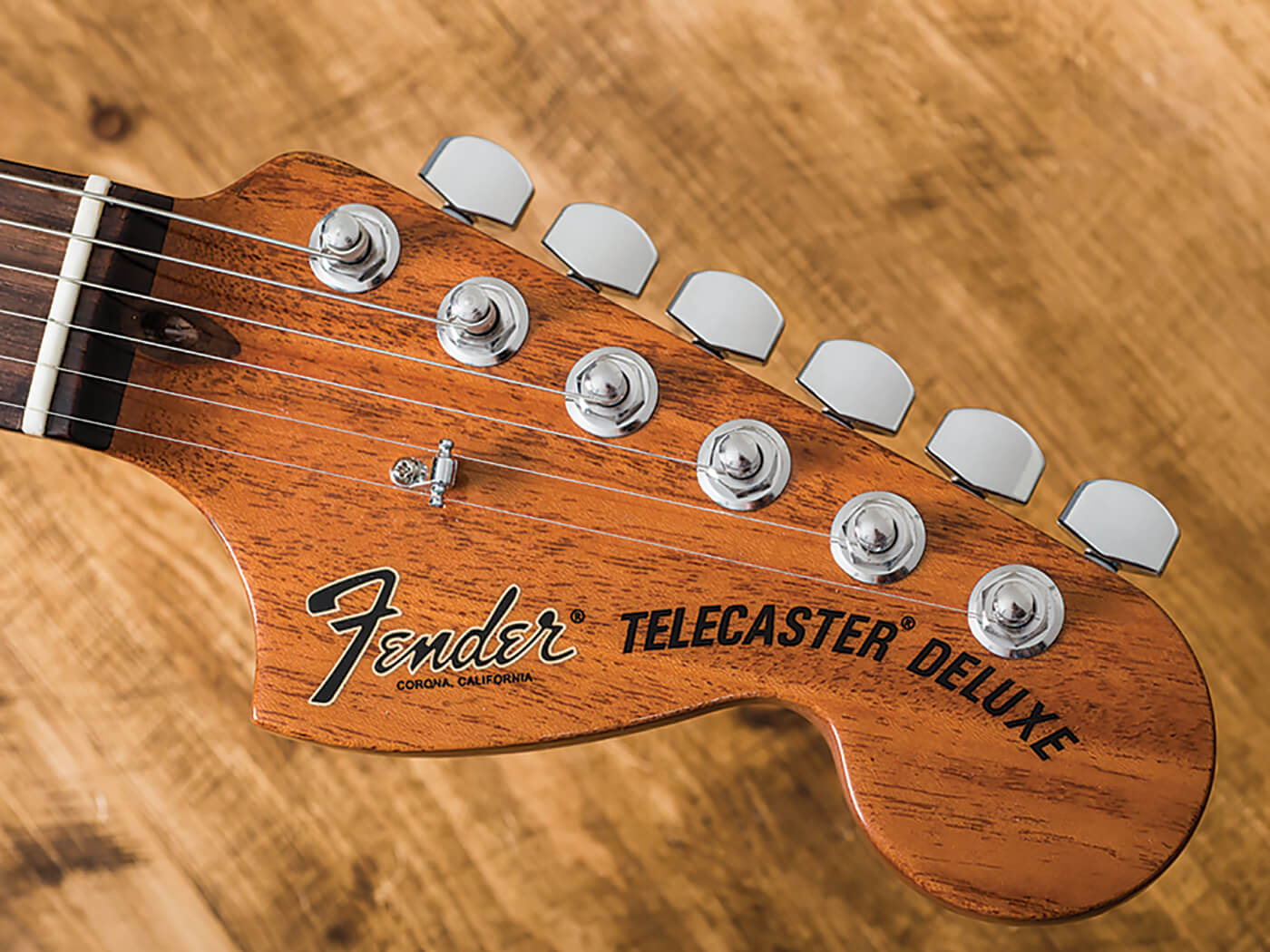
Norvell reports that such extremities can polarise attitudes within Fender when decisions have to be made about which designs to release. “I think the Jaguar Strat was probably the most contested,” he says of another this-plus-that model in the Parallel Universe series.
“There were people who thought that it was more like a Jag-Stang, which was two things glued together, that it should have been a little more designed and entwined, rather than two things simply foisted upon each other.
“I think guitar players love things that are off the beaten path,” he adds. “There are all kinds of oddities, and sometimes we look to the B-sides of our oeuvre. Most people have a Strat, a Tele, but the guitars we’re talking about here can be something odd that not everybody has, and quirky – especially if they have some unique sounds or electronics, something that gives them a reason to be.”
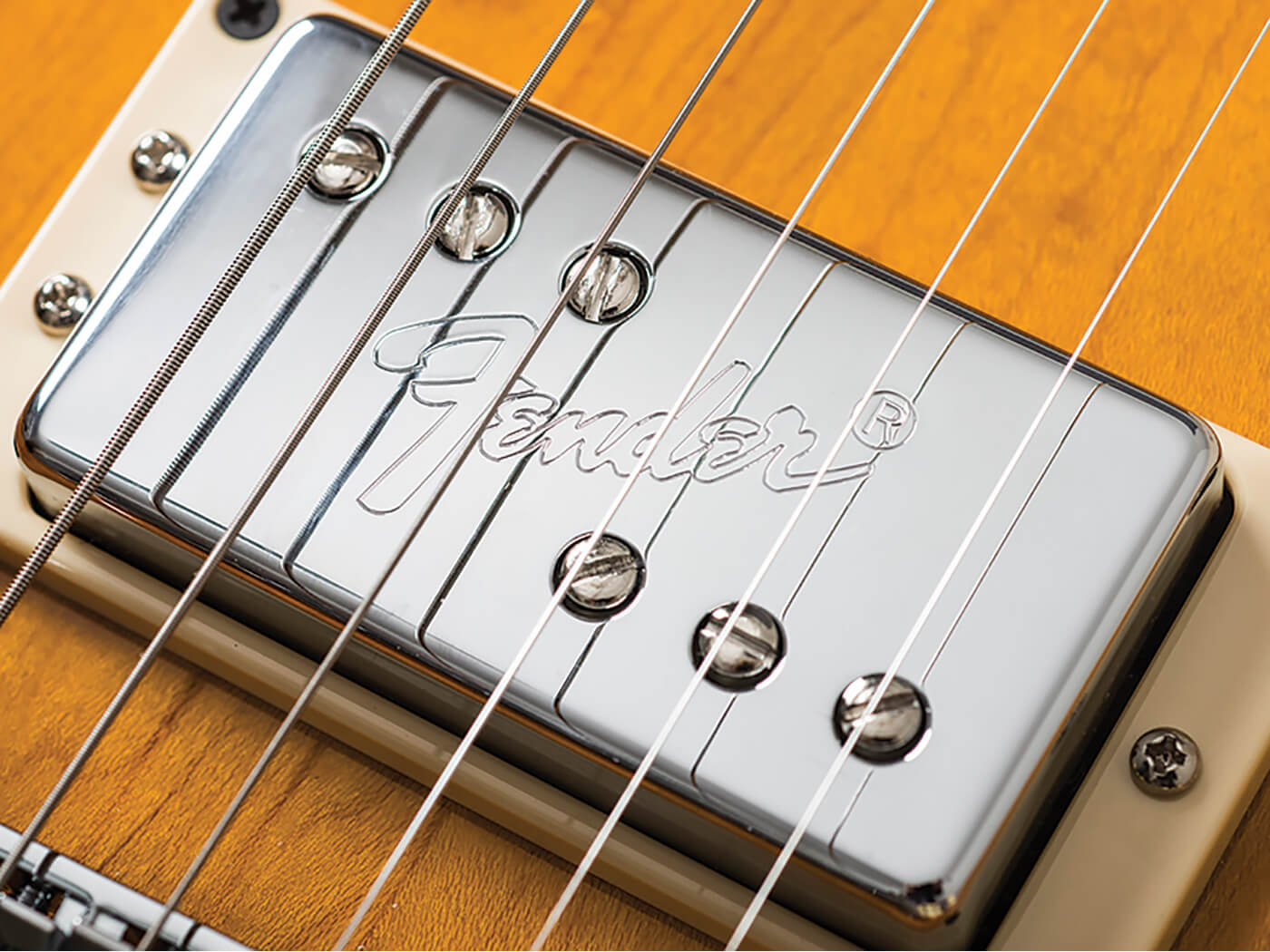
The most recent visit to the world of Fender amalgamation took shape as the Alternate Reality series of 2019. The Powercaster came about when Alex Perez at Fender messed with the idea of a more aggressive Jazzmaster/Jag vibe, and the Sixty-Six was a Strat derived from two scaled-down Jazz Bass bodies, along with HSS pickups and a big-headstock Strat neck.
Norvell says that a new mashup series, as yet unnamed, will be launched at NAMM in January 2020. Perhaps, one day, Fender will stumble on a combination of features that fall together and grab us in a way that the Tele and the Strat have done for decades.
Is that possible? It’s probably an unanswerable question. “Well,” Norvell concludes with a smile, “it’s semi-unanswerable – but it’s unanswerable for the near-term. Because I think the Stratocaster and the Telecaster really benefit from the body of work and music that’s been recorded on them, and so I think that it takes time. If something is to eventually supplant the Strat or Tele, that is something that would take time. It would take generations, and it would be the sound of an era.”
Learn more about Fender at fender.com.

